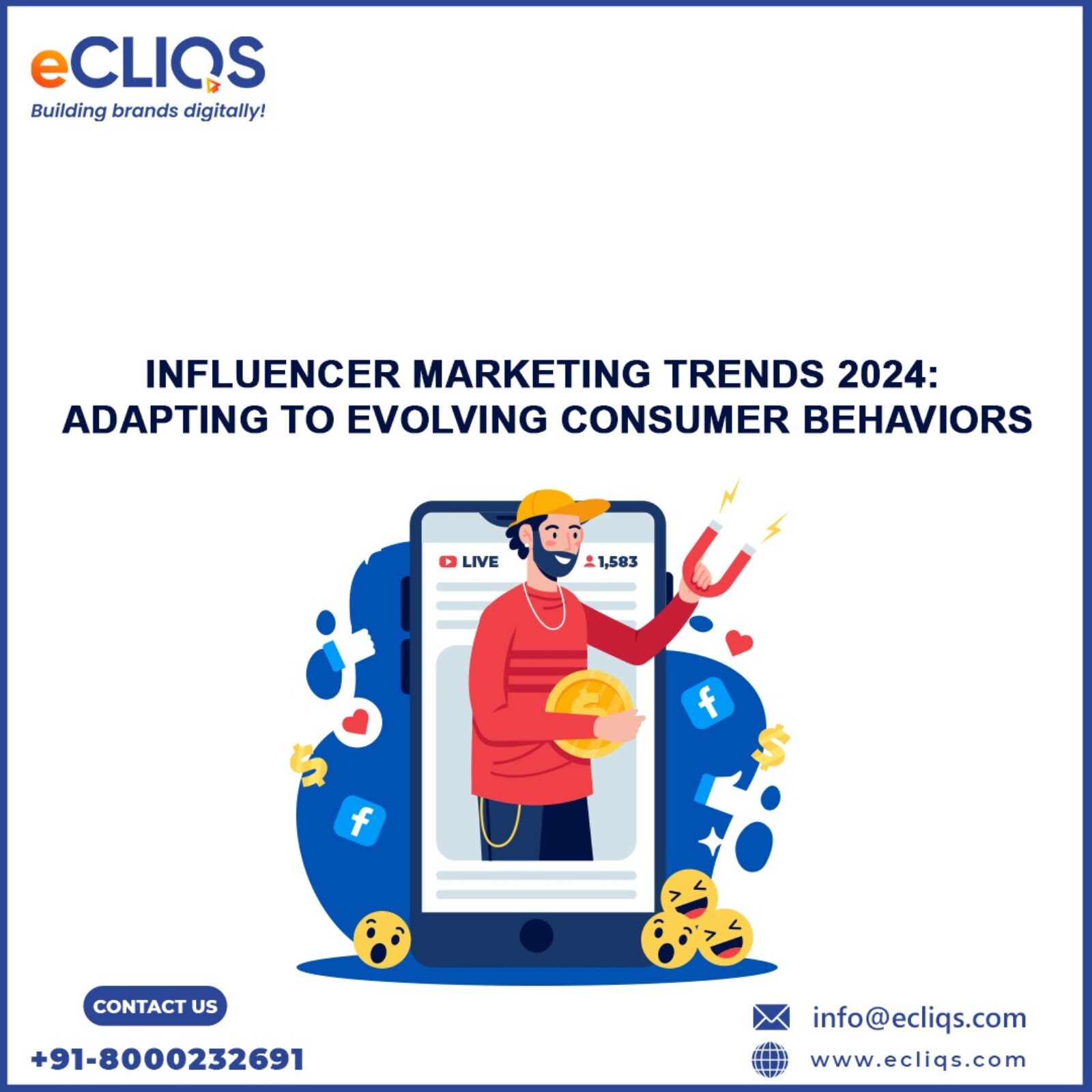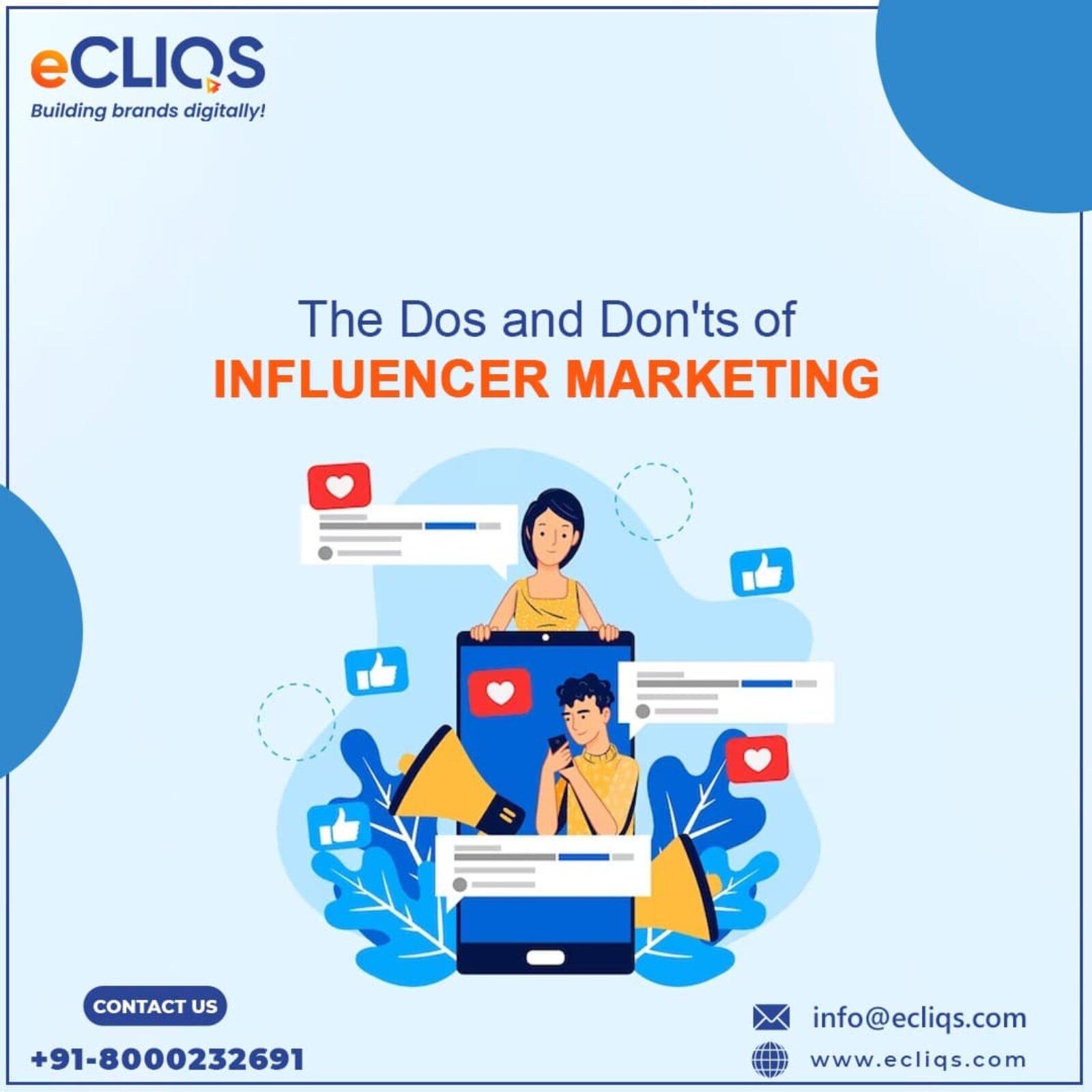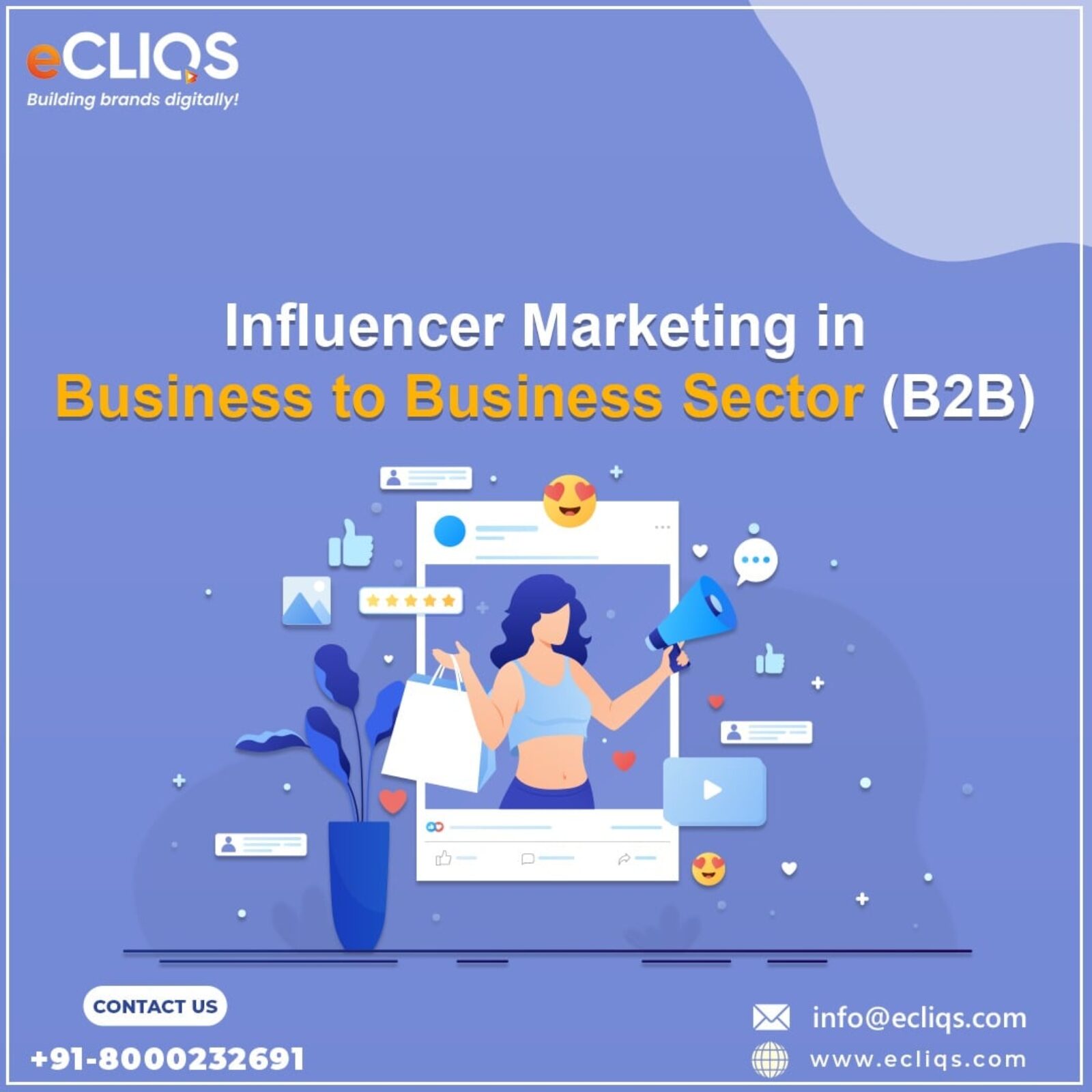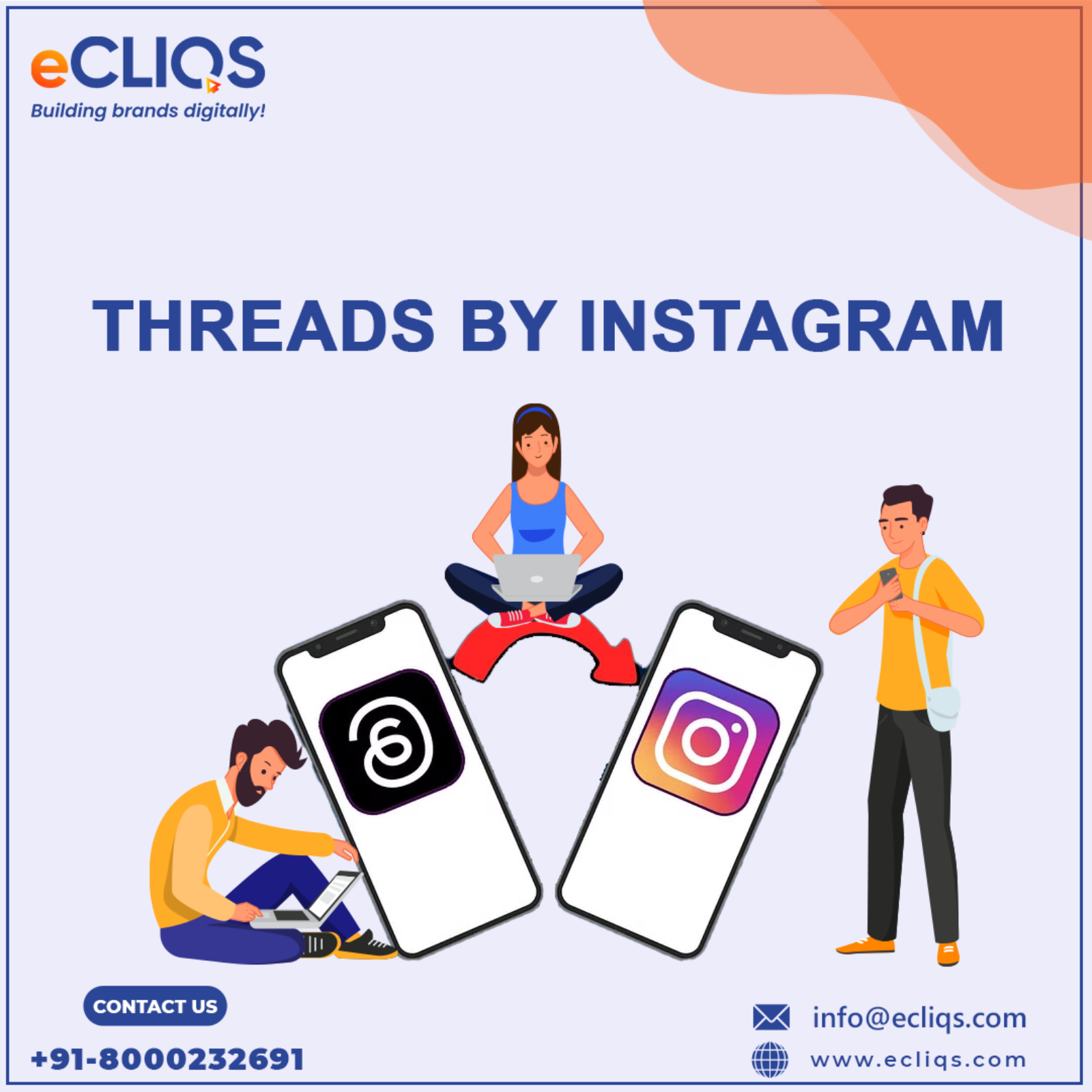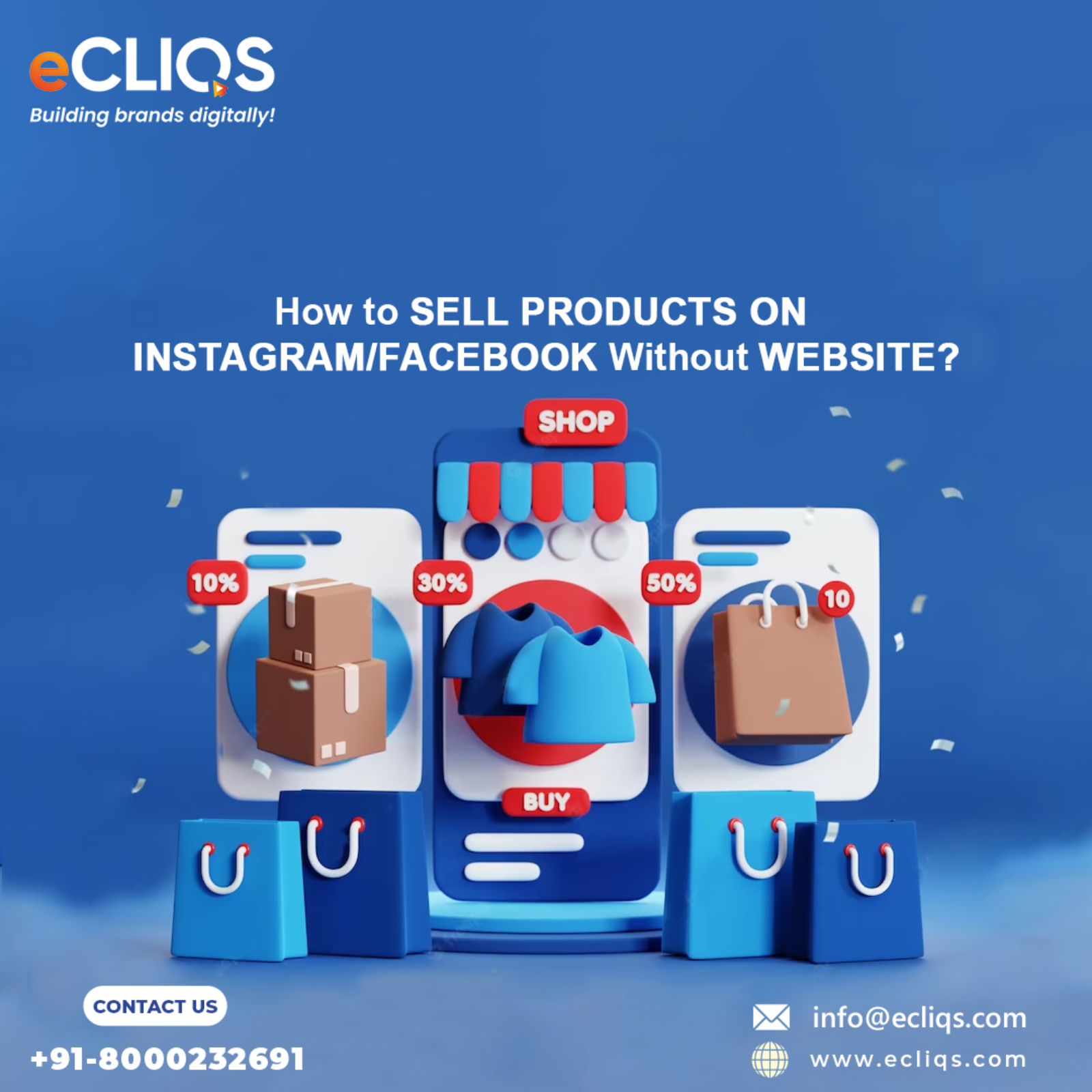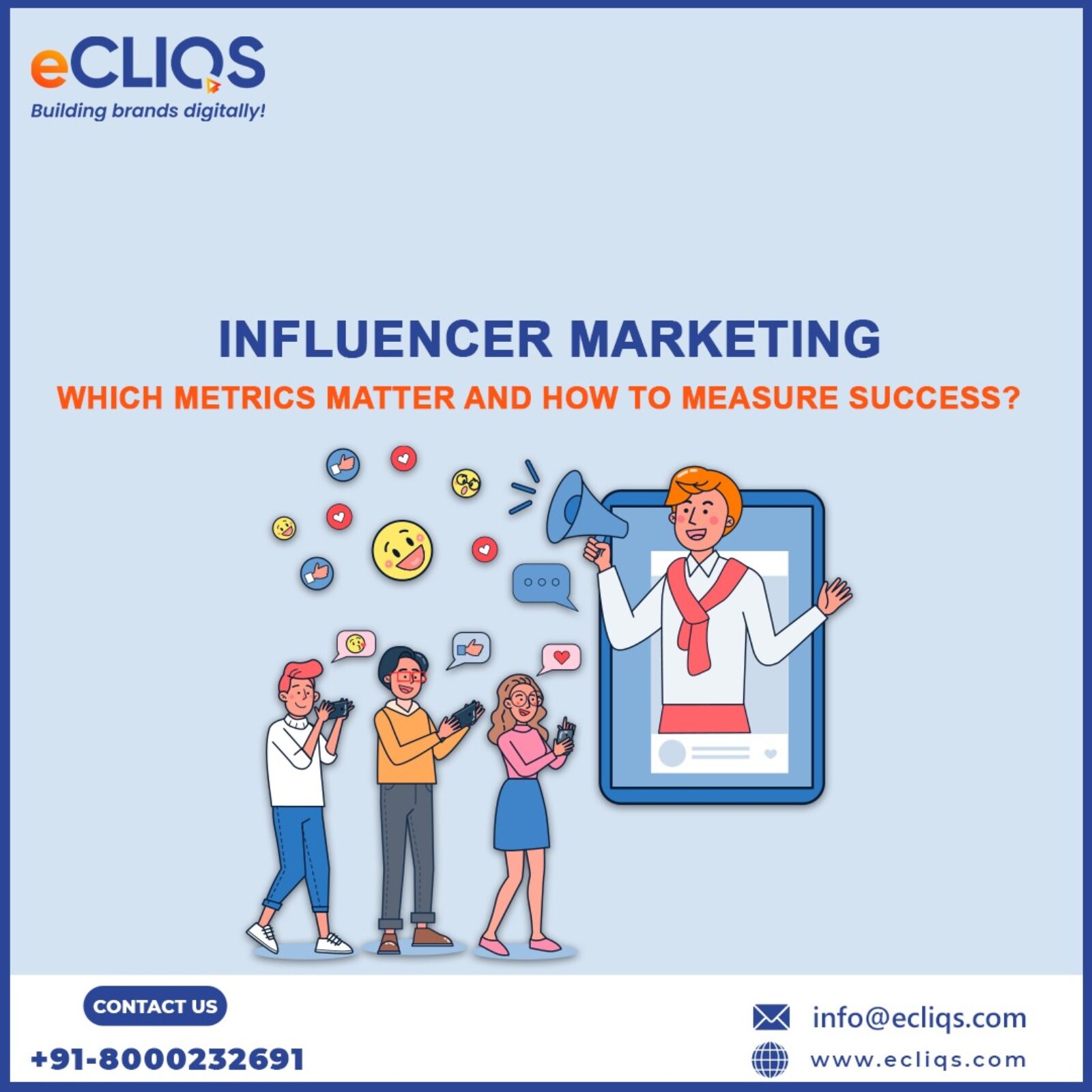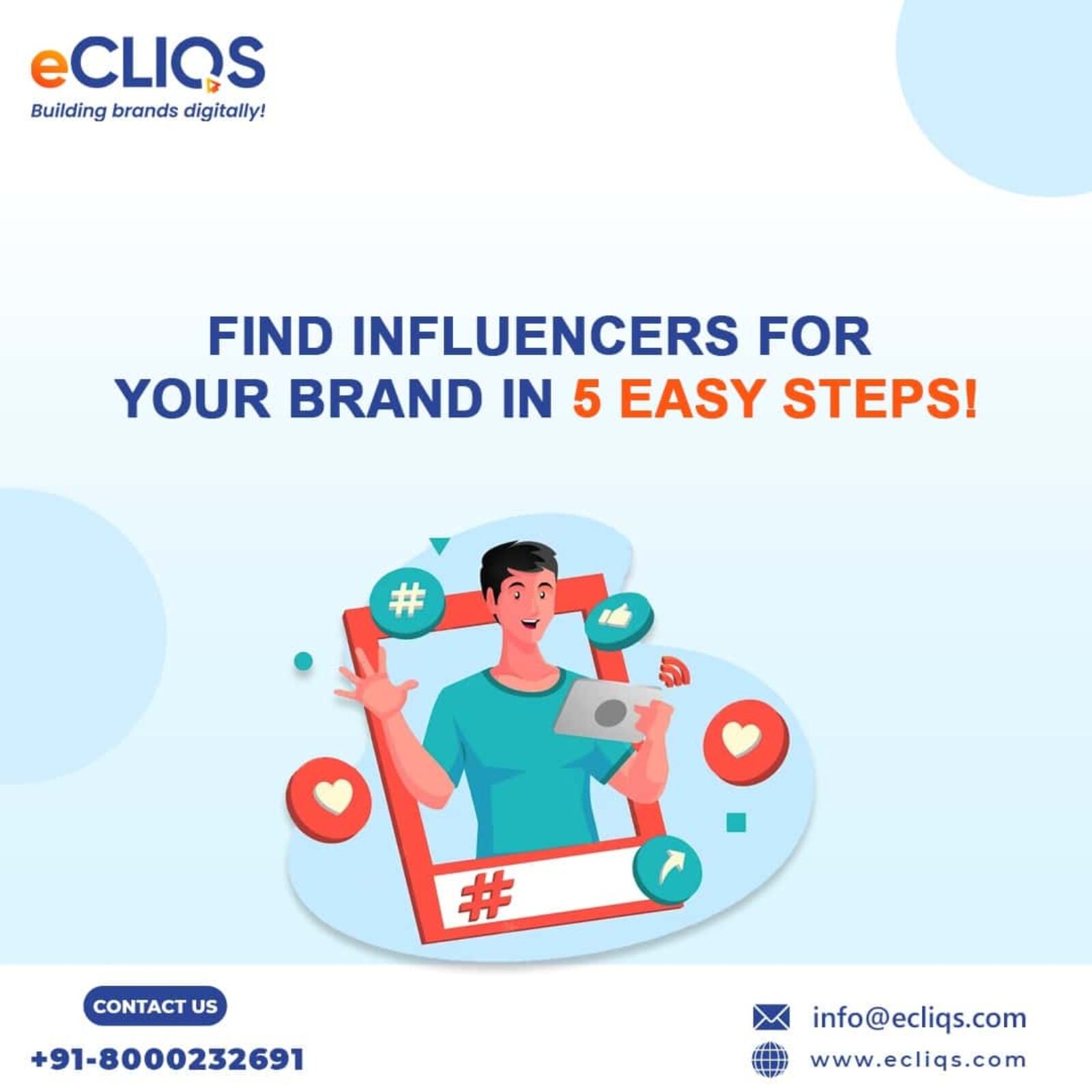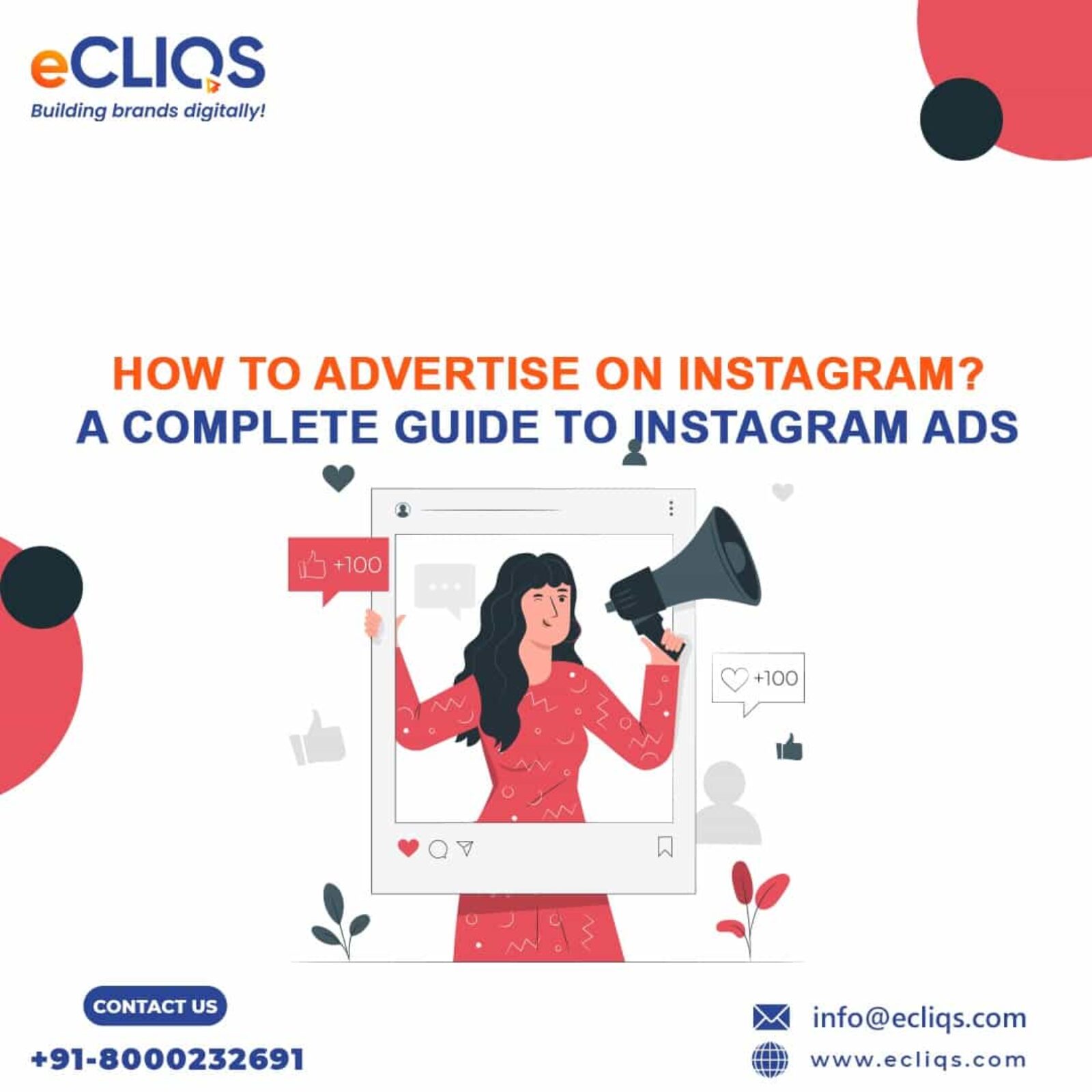Influencer Collaborations Beyond Instagram: Exploring New Platforms and Channels
Whenever we think or hear Influencer Marketing, the first thing that pops is Instagram. For the longest time, influencer marketing have been associated with Instagram platform. With more than 2.35 billion active users worldwide, Instagram offers a vast reach and diverse...
Influencer Marketing Trends 2024: Adapting to Evolving Consumer Behaviors
In today’s digital world, where social media controls the way people connect and communicate, influencer marketing has emerged as a powerful force. As we enter new financial year 2024-25 , the landscape of influencer marketing continues to shift, resulting in new...
The Dos and Don’ts of Influencer Marketing
Digital marketing has evolved into a crucial tool for firms seeking to reach their target audience and raise brand awareness. As a prominent digital marketing company in Jaipur, we realize how important it is to have a strong online presence in order to stay ahead of the...
Influencer Marketing in Business to Business Sector (B2B)
As B2B marketing grows, businesses are learning how influencer marketing may assist enhance brand awareness, reputation, and income. According to an InvespCro research, 94% of marketers agree that influencer marketing is a good strategy for B2B organizations.Despite this,...
How to leverage influencer marketing for your startup?
The world is moving at an unimaginable pace and to keep up with that, startups are finding new unique ways of standing out. One such effective strategy has gained popularity in recent days, Influencer Marketing. With influencer marketing, startups get an edge where they can...
Threads by Instagram
In today’s fast paced world, it’s important to stay connected with people who you share good memories with. Instagram, a popular photo and video sharing app has kept us updated with latest trends and a sneak peek into the lives of our near and dear ones. But,...
How to Sell Products on Instagram/Facebook Without Website?
Instagram:Social media platforms have evolved into effective tools for businesses to exhibit and sell their products in today’s digital world. With its visual appeal and large user base, Instagram is an excellent platform for entrepreneurs and small businesses trying...
Influencer Marketing: Which Metrics Matter and How to Measure Success?
Influencers can provide tremendous value to a marketing campaign. High-quality content is used by top-tier influencers which helps to start organic conversations about a company with its target demographic. Businesses gain exposure at the very least, but many businesses...
Find Influencers For Your Brand in 5 Easy Steps!
On Instagram, TikTok, and YouTube, there are presently between 3.2 million and 37.8 million worldwide influencers. locating the perfect influencers for your company might feel like looking for a needle in a haystack, which is why a recent survey identified locating...
How to Advertise on Instagram – A Complete Guide to Instagram Ads
Instagram ads are a great way to boost your reach and engagement on the platform.There are 2 billion monthly active Instagram users, and the average user spends 53 minutes per day scrolling. With that kind of engagement, Instagram ads can help you significantly broaden your...


